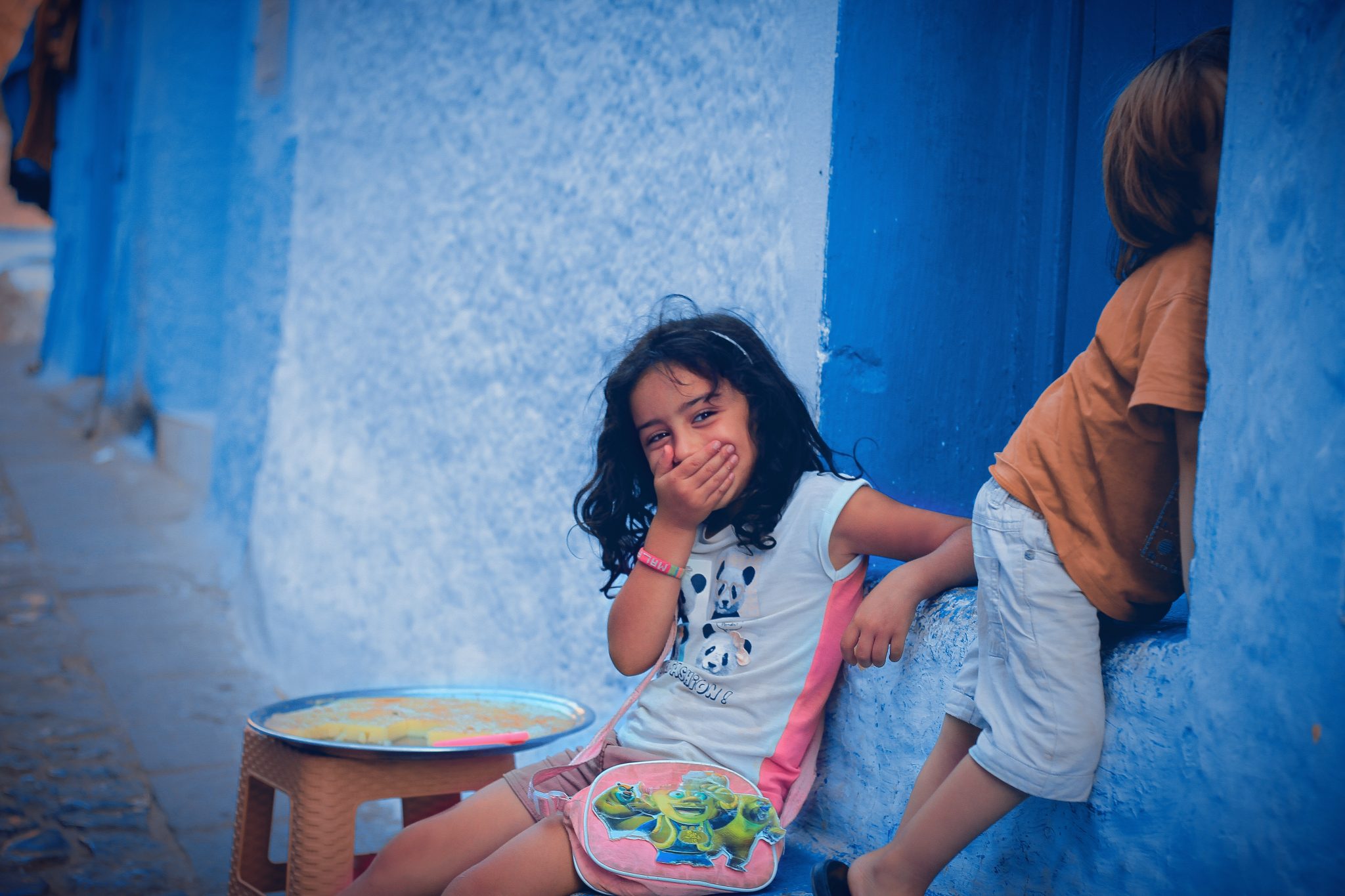
Morocco has rolled back child labour for the youngest – now, COVID-19 looms
Since 1999, child labour has fallen by more than 90% in Morocco. The government has partnered with NGOs, the ILO, and other stakeholders to raise awareness, boost education (including non-formal types), and provide financial aid for families that keep their children in school. However, COVID-19 is threatening progress.
“Since I joined the national education system in 2000, I have seen school absences drop considerably. But COVID-19 could erase all the progress made.”
– Mohamed Haydar, director of a rural primary school in Morocco
As part of global efforts to mark the International Year, the General Confederation of Moroccan Enterprises (CGEM) recently launched the Initiative for the Fight against Child Labour by the Private Sector in Morocco (ILTESAM).
Find out more:
- Child labour in Morocco
- MAP16 project activities in Morocco
- ILO child labour topic portal
- Partnering for development
Fast facts:
- Child domestic work is a hidden phenomenon that is difficult to tackle because of its links to social and cultural patterns.
- 200,000 7- to 17-year-olds are trapped in child labour in Morocco. Among these children, nearly 75% live in rural areas.
- Morocco has ratified both ILO core conventions on child labour (on worst forms of child labour and minimum age requirements).
- Hazardous child labour happens at an incidence rate of 1.6%, down from 2.3% in 2017, with support from the ILO in Morocco and its partners, including the United States Department of Labor (USDOL).
- COVID-19 has increased pressure on vulnerable families. The ILO in Morocco is working closely with communities in targeted areas to improve awareness, reinforce capacities, and involve the private sector in the fight against child labour.
- Throughout 2021, countries around the world are recognizing the UN International Year for the Elimination of Child Labour.
- You can help by making an individual action pledge today.